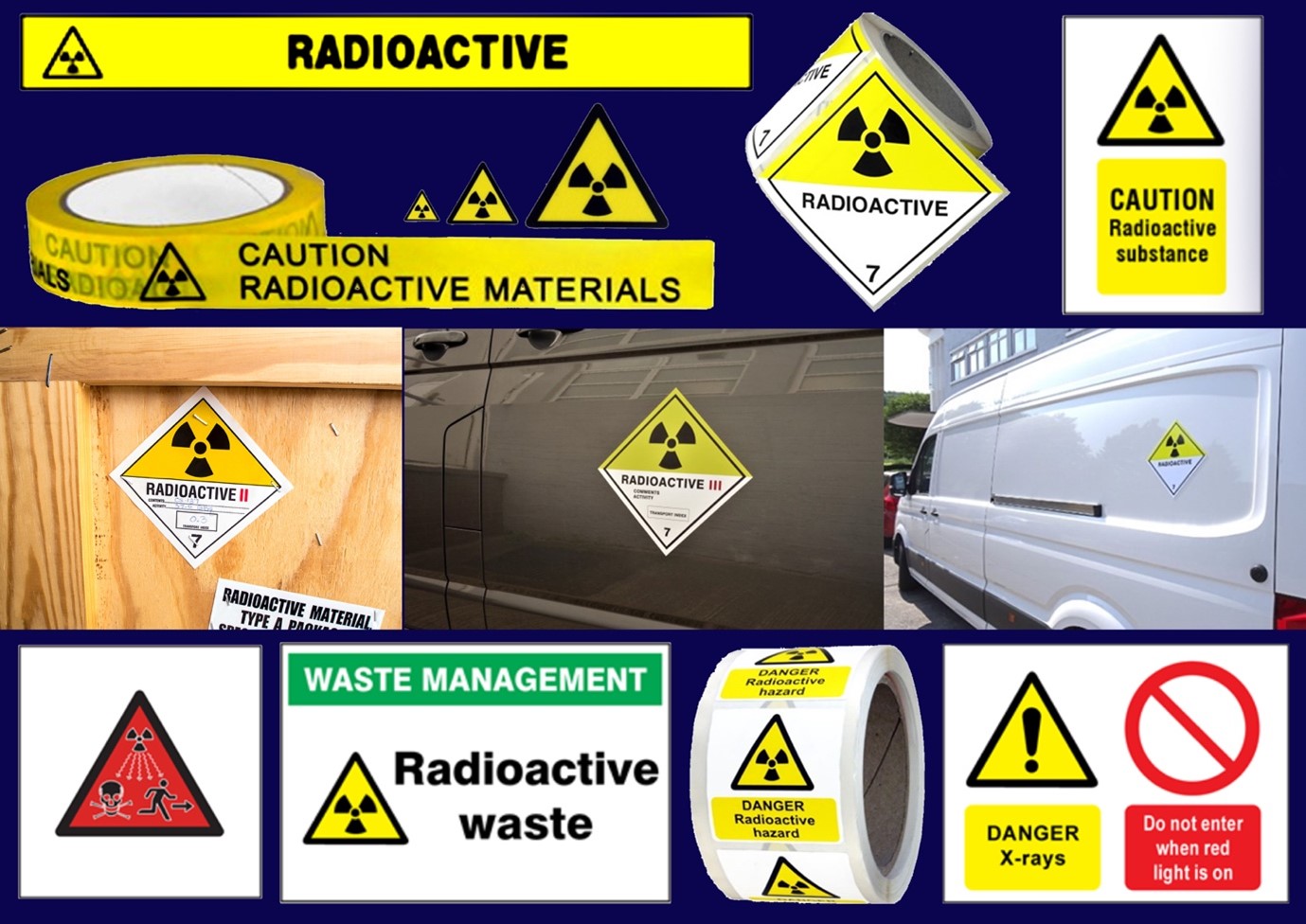
As many of you know, radiation is no joke. You need to stay incredibly safe around radioactive material, and radiation safety procedures are extremely stringent.
Underpinning these detailed safety procedures is a system that relies on radiation labels; if people aren’t aware of radioactive material, then they can’t protect themselves against it.
Below, we discuss how radiation labels are integral to radiation safety, the importance of radiation risk assessments and other safety procedures.
Radiation Risk Assessments
A risk assessment must be formulated and actioned before any radiation work is carried out. Radiation risk assessments check:
- The risk of the radioactive substance.
- How to handle this associated risk.
The risk assessment should capture how to handle the exposure, specific responses to types of exposure (ingestion, inhalation, etc.) and how to manage exposure during handling or disposing of the material.
A radiation risk assessment should also:
- Outline the radioactive procedure – frequency, duration, etc.
- Justify as to why radioactive materials should be used.
- Explain how to control direct exposure.
- Specify the dosage of radioactive material to be used.
- Give an estimation of the most common types of accidents.
Once a risk assessment is established, then radiation labels and other controls come into play.
The Role of Radiation Labels
The role of radiation labels are twofold:
- To keep people alert to risks.
- To signpost where radioactive material exposure begins and ends.
Without labels, you cannot properly communicate where radiation material may be found. No matter what health & safety equipment are used, they are rendered useless without labels and signs.
To use radiation hazard warning safety signs, you need to follow a few best practice guidelines.
Namely, always place the label well in advance of where the radioactive material is stored. Labels are all about warning as early as possible, so they’re rendered useless if they’re too close to radioactive supplies.
Secondly, place them in a clear, legible place. Put them in areas which get the most foot traffic, around eye level. It’s always better to be liberal when using them, too.
The Impact of Poor Radiation Health and Safety
When we thinking of radiation and danger, we usually remember extreme examples: Fukushima, Chernobyl and other rare, catastrophic events. However, the real danger from poor radiation safety is small, prolonged exposure.
Small exposure over time can increase cancer risk significantly. This is why processes must be fine-tuned and as safe as possible. Some radiation risk can increase cancer risk by 1% - this doesn’t sound like much, but this leads to an additional 10,000 cancer cases per 1 million people.
Overall, radiation in the workplace needs to be handled as safely as possible.
Get High-Quality Radiation Labels Today
To keep you and your employees safe, then utilise our high-quality radiation labels.